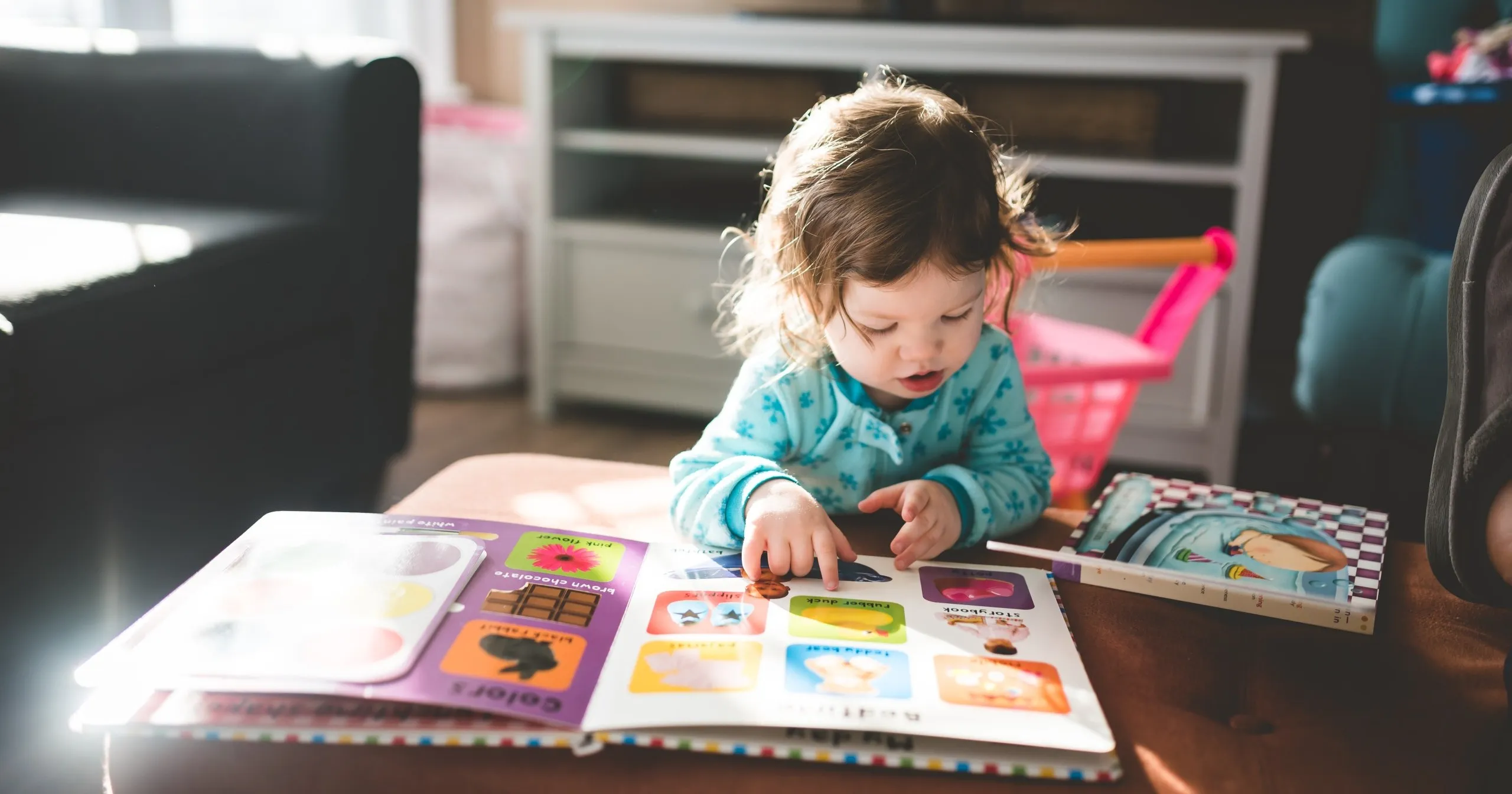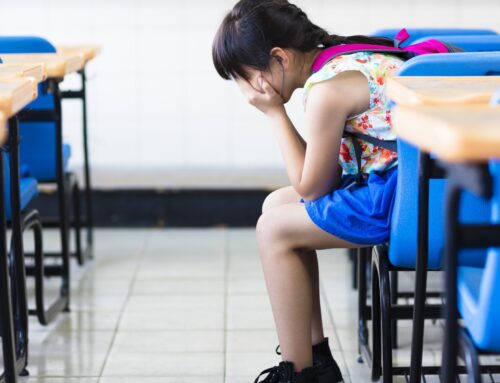
Think about the first time you took a 6-year-old to the zoo or an amusement park.
You notice their pure adoration for the adventurous outing, answer their infinite stream of questions, and just can’t stop smiling to yourself as you watch them soak up everything around them.
Children are organic learners and they love every minute of it.
Sharing a child’s joy in discovery is an unparalleled experience. It transports you back to your own childhood and renews your perspective of the world.
By the time a child has lived half a decade, they’ve explored the big world with their little feet and hands as much as they possibly can. Then it’s time to go to school and learn more!
But wait.
When was the last time you bumped into a high schooler who spoke positively about their school work? Are they brimming with enthusiasm about their new discoveries and academic projects? Are they jumping up and down at the idea of learning something new every day?
Most likely not. School becomes boring drudgery for many teens (with only 2% saying they’re never bored!) What happened to that childhood spark that pushed them into exploration and discovery?
School vs. Learning
There’s a difference between school, learning, and education. Rohan Roberts defines each of these terms:
- “Learning: The cognitive process of acquiring new skills or knowledge.
- Education: Knowledge acquired by formal learning and instruction.
- Schooling: The process of being formally educated in a school (as opposed to self-study, online learning, private tutorship etc.)”
The overused phrase “lifelong learning” has been equated with the school system’s job. Students themselves believe that school equals learning. We all nod in approval when education personnel discuss “cultivating a habit of lifelong learning” because what a noble effort!
But is that really what’s happening in the K-12 system?
“In third grade I cut with scissors, smeared glue sticks, and doodled with scented magic markers. By 12th grade I was plugging in formulas on a TI-83 and writing the answers on fill-in-the-blank worksheets,” says Zachary Johnson for Harvard ED. Magazine. “[It was a] transition from the tactile and creative to the cerebral and regimented.”
And the fire of curiosity and creativity was slowly snuffed out.
At the end of the day, “[p]upils are ‘schooled’ to confuse teaching with learning, grade advancement with education, a diploma with competence, and fluency with the ability to say something new,” notes Rohan Roberts. He quotes philosopher and social critic Ivan Illich, saying, “‘Schools pervert the natural inclination to learn.’”
How sadly ironic!
How do schools pervert the natural inclination to learn?
Most teachers have the best of motives and intentions to help kids learn at school. But another irony of the public school system is that teachers are just as stifled as the students are.
In an interview with NWEF, Terry Seckinger, member of South Carolina’s Commission on Higher Education Board, talked about the plight of teachers: “The system is so bogged down with driven policy, I don’t see how anyone can perform their teaching job. We need to let teachers soar with their strengths, just like we need to let students soar with their strengths.”
The problem of teachers’ creative freedom in the classroom could fill an entire article (or series) itself, but today we’re going to explore how parents and teachers can begin guiding kids toward genuine learning wherever they’re at—establishing a habit that will sustain children throughout their lives.
Why should kids be trained learners?
In this list of reasons about the importance of learning, Gina Belli notes that it is an essential skill because:
- The world around us is always changing and we have to be able to adapt and evolve with it.
- A reflex to learn helps students to be brave and pursue work that they enjoy doing.
Another reason, according to Seckinger, is that students who are in touch with learning are also more likely to have strong personal morals, helping create a more civil society.
Seckinger says, “I think teachers need to understand that men are moral agents. [Students] have the ability to learn, they have the ability to understand right and wrong, and they need to be treated with dignity. And that sets the attitude or the atmosphere of the classroom.”
Which—I might add—will end up setting the attitude and atmosphere of society.
Learning to Soar
For teachers and parents alike, there are a few simple things you can do—and be—that foster a love of learning in children.
1. Build on your child’s natural interests. Peel back the layers and invite your child to explore the broader world from where they already stand. If your student loves pictures of animals in books, take him to a zoo or museum or make models of animals together so he can get a holistic education on his topic of interest. Get creative in exploring the exciting world of what they already love. Most importantly, this approach will show your child that nothing is one-dimensional. There is always more to learn about everything!
2. The NY Times encourages parents and teachers to value the process of learning over the product of learning. “As [kids] reach out, fall and get back up again, they gain a heightened sense of mastery, competence and self-efficacy. Somewhere around kindergarten, however, parents and teachers begin to undermine this process by devaluing the process of learning and replacing it with a mad dash for the end products…intrinsic motivators of natural curiosity, competence and self-efficacy are less valuable than extrinsic motivators such as stickers, points and grades. Unfortunately, extrinsic motivators undermine kids’ desire to learn over the long term.” Parents and teachers must orient a child’s perspective toward analyzing how they reached a certain point and whether or not their method worked.
3. Ask thoughtful questions. This is perhaps “the most important lifelong learning skill a student can acquire in the course of their education,” says Forbes. Why? Questions facilitate healthy conversation and stimulate thinking—which leads to learning that sticks! This handy article talks about asking your kids questions to help them learn: “Your child probably fires dozens of questions at you every day. But turning things around and posing some to him can fuel his excitement for learning. For instance, asking, ‘Why do you think the birds always come back to that same spot in the backyard?’ can spark a conversation that introduces a variety of interesting concepts.” Brian Moon sagely reminds us of psychologist Carl Jung’s approach: “To ask the right question is already half the solution of a problem.”
4. Learn together. Often, asking questions will lead to the opportunity for grown-ups to learn with children. “If your child is curious about something, take the time to explain it to her. But if you don’t have a clue either, it’s perfectly all right to say, ‘I don’t know. Let’s find out.’ Turn to a dictionary, an encyclopedia, or the Internet, and do some detective work together.” By not having all the answers—and being excited about finding them—you show your child that learning continues throughout your whole life.
Where to start
Start today. Be a student of your student and look for ways that you can practice the simple tips outlined above.
As Seckinger says, “We need to develop life-long learners. We need to help children realize that they can learn on their own. Teachers should consider—as we educate our children—the unique qualities children have and applaud those qualities and try and develop those qualities. It doesn’t take a lot, but it just takes a little bit of study on each individual in your class because they’re all different.”
You can watch the full interview with Seckinger here. You can also go to our blog to read more about current issues in education and how you can do your part to improve education in America.





[…] pushing back against the government’s monopoly on education because she is a firm believer in the special individuality of students. In her opinion, the one-size-fits-all mentality of public school disrespects the beautiful […]